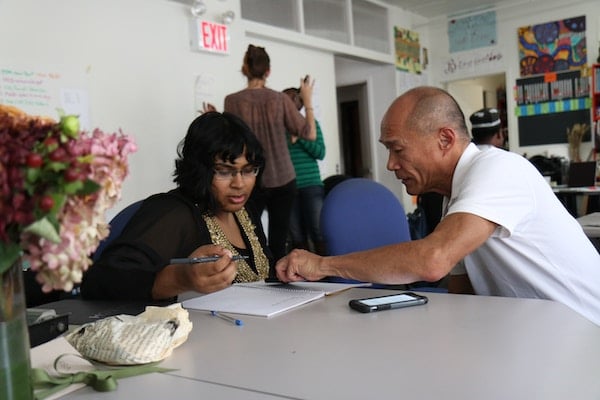Published on
Holistic Workforce Development: A Collaborative Approach

Community colleges are primary partners in workforce and economic development efforts in nearly every community we serve. Traditionally, workforce development has been viewed as a way to serve workforce needs and the develop new programs to support business growth. The bulk of these efforts focuses on recruitment, or partnering with a business to provide training to multiple employees at once.
As community colleges have focused on increasing workforce development efforts, many of us have refocused our campuses to enhance student success, course and program completion, graduation and career placement. In order to ensure student success, community colleges have subsequently added and increased holistic student support services, such as tutoring, mental health counseling, nutrition and wellness services, and emergency fund banks.
Pair all of the above efforts with the addiction crisis that has devastated parts of the Midwest, and Ohio in particular, and these workforce development and support efforts are even more challenging.
I asked the business and college communities about how we could look at workforce development in a new way—a way that would bring together all these elements and help students and businesses thrive. If we think of student support efforts as holistic, why not think of the workforce development that we do for business as holistic?
Most people recognize that personal wellness is a workforce issue, and, in southwestern Ohio in particular, we have been hit hard by the addiction crisis. As reported in 2018 by the Centers for Disease Control, overdose deaths have increased in Ohio by 39 percent, and Ohio is second in the nation in overdose deaths per capita. Of course, this crisis has significantly impacted the workforce. At the same time, unemployment rates are low across the country, and, in southwestern Ohio, the unemployment hovers between 3.5 percent and 4.3 percent, with employers struggling to find and retain qualified workers. These concurrent situations required a holistic workforce development approach.
Clark State Community College’s Office of Workforce Solutions, led by Lesli Beavers, established a strong partnership with Working Partners, a non-profit in Columbus, Ohio and our regional Mental Health and Recovery Board of Clark, Greene, and Madison Counties. According to one of the surveys they administered, businesses in southwestern Ohio could be doing more to prevent and respond to substance misuse. So Clark State and Working Partners, and MHRB embarked on a plan to develop and audit drug-free policies and operations in light of best-practice strategies to help boost employee hiring and retention.
In other words, Clark State and Working Partners, and MHRB took a holistic workforce approach to help businesses and their employees increase employee recruitment, retention, productivity, and health and wellness outcomes. Working Partners and MHRB, with Clark State, is helping grow and retain the pipeline of workers in our region through culture and policy changes at the businesses themselves.
Through Clark State’s collaboration with Working Partners and MHRB, employers are provided with education, written resources and a tool to audit their drug-free workplace (DFWP) efforts against best-practice strategies and hear experiences and tips from area businesses who have history running effective drug-free workplace programs.
The curriculum includes:
- Five elements of a best-practice DFWP program;
- Essential components of an effective DFWP policy;
- Mandates and authorities impacting DFWP programs;
- Operationalizing Ohio’s new medical marijuana law;
- How to establish an effective second-chance system in your workplace;
- Local resources available to assist employees and their family members with substance misuse and other mental health issues;
- Drug-free rebates available through Ohio Bureau of Workers’ Compensation; and
- Employer opportunities for promoting overall mental health in their workplace.
This approach and partnership is truly one of a kind, and provides a new model for workforce development that is holistic rather than tactical in nature.
This type of collaboration is truly the future of workforce development.
Author Perspective: Administrator
Author Perspective: Community College



